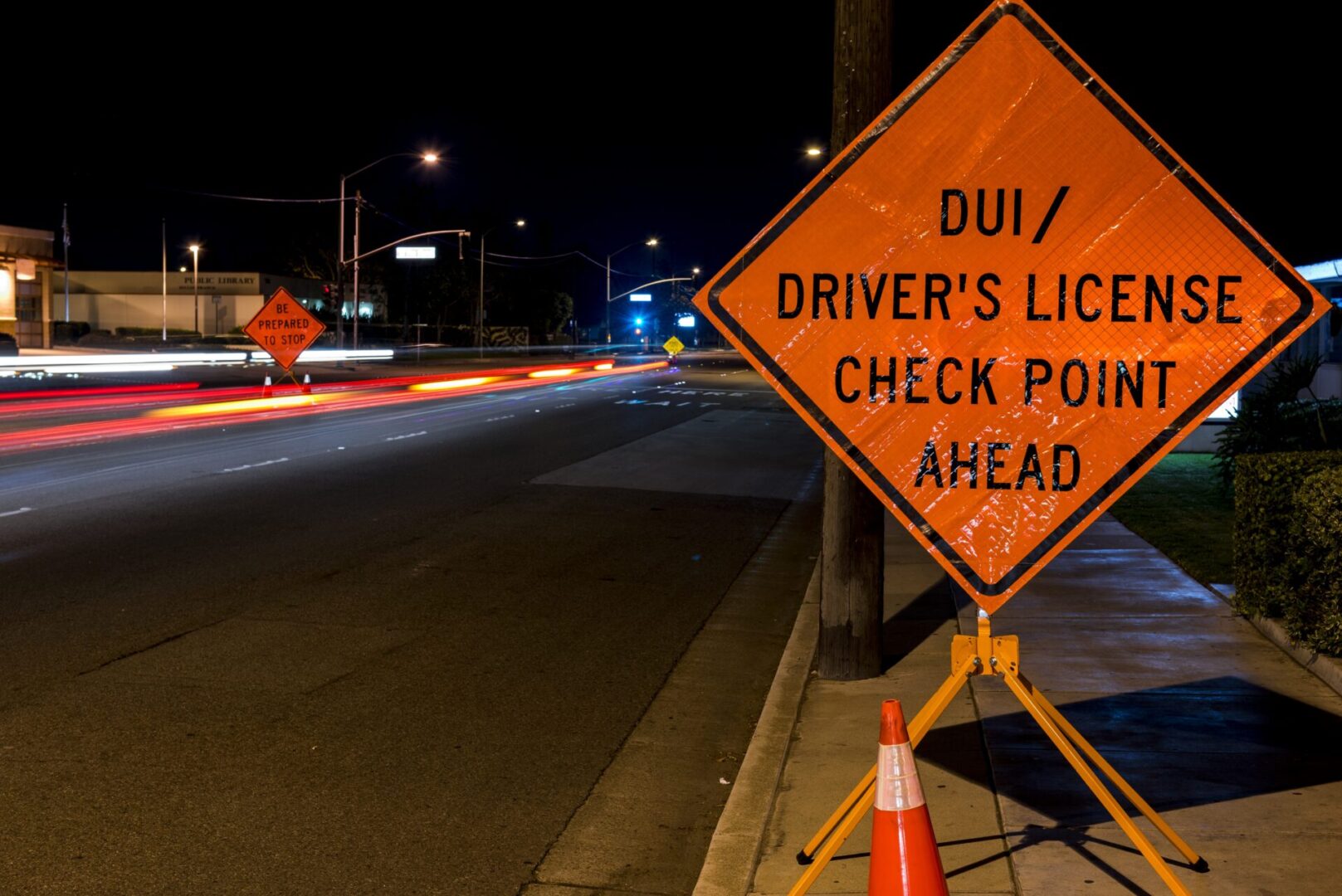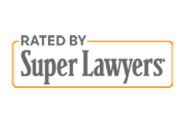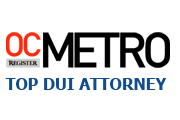EVOLUTION OF DUI CHECKPOINTS/ROADBLOCKS
ORANGE COUNTY'S "BEST" OR "TOP-RATED" DUI DEFENSE LAWYERS RATED BY SUPER LAWYERS, ORANGE COUNTY'S "TOP-RATED" DUI DEFENSE ATTORNEYS
The Evolution of DUI Sobriety Checkpoints and Roadblocks
A PREFATORY ON THE EVOLUTION OF DUI SOBRIETY CHECKPOINTS/ROADBLOCKS IN THE STATE OF CALIFORNIA
This is part I of series dealing with DUI Checkpoints in the State of California. Some of the principals are applicable across the country in varying degrees, so if you are or were charged with a DUI stemming from a DUI Checkpoint, you should consult a lawyer in that State to determine the applicability of the information contained here. This part focuses on the Evolution of DUI Checkpoints/Roadblocks.
In 2001, the National Highway Traffic Safety Administration (N.H.T.S.A.) published a book on sobriety or DUI checkpoint and/or roadblocks and DUI Saturation Patrols. [U.S. Department of Transportation, National Highway Traffic Safety Administration, Saturation Patrols And Sobriety Checkpoints, DOT HS 809 063 (Springfield, VA: National Technical Information Service (NTIS), revised 2002). June 2001).
Among other things, the publication encourages law enforcement agencies to invite prosecutors and judges to help plan sobriety checkpoint or roadblocks. Some times the jurisdiction's crime laboratory also participates in the checkpoint or roadblocks. Basically, everyone involved in prosecuting you or judging whether the checkpoint or roadblock was constitutionally permissible.

THE CONSTITUTIONAL & STATUTORY AUTHORIZATION HISTORY
Regarding the Evolution of DUI Checkpoints/Roadblocks, shortly after a 1984 California Attorney General’s Opinion (67 Ops Atty. Gen. 471 (1984, #84-902)), which set out what were intended to be "strict guidelines" for the legality of drunk driving roadblocks, police departments and the CHP began using DUI checkpoints to apprehend drunk drivers i the State of California.
Roadblocks carried out pursuant to these "strict guidelines" were approved by the California Supreme Court in Ingersoll v. Palmer (1987) 43 Cal.3d 1321, wherein the 4-3 majority concluded: "We conclude that within certain limitations a sobriety checkpoint may be operated in a manner consistent with the Federal and state Constitutions.”
The United States Supreme Court later approved the use of roadblocks to enforce drunk driving laws in Michigan Dep’t of State Police v. Sitz (1990) 496 U.S. 444, a case that set opened the doors to DUI checkpoints in places across the country that did not previously use roadblocks to enforce drunk driving laws.
THE REQUIREMENT TO "SUBMIT" TO A DUI CHECKPOINT
Vehicle Code § 2814.2(a), (effective January 1, 2012), requires that a driver of a motor vehicle shall stop and submit to a sobriety checkpoint conducted by a law enforcement agency when signs and displays are posted requiring the stop. What the Legislature means by “submit” is unclear and subject to interpretation.
THE "STRICT COMPLIANCE" REQUIREMENTS OF CHECKPOINTS
The Ingersoll case set forth the requirements of a DUI Checkpoint and/or roadblock if conducted in the State of California. Obviously, then, attacks on DUI Checkpoints and/or roadblocks arrests should be based on any failure to comply with any of the “certain limitations” that the Ingersoll opinion referenced. Each will be discussed in further detail throughout this series. It is important to note that nothing in the U.S. Supreme Court’s decision in Michigan Dep’t of State Police v. Sitz (1990) 496 U.S. 444, criticized any of these guidelines or recommended any others.
The Ingersoll guidelines fall under the following general headings:
- Decision Making at the Supervisory Level
- Limits on Discretion of Field Officers
- Maintenance of Safety Conditions
- Reasonable Location
- Time and Duration
- Indicia of Official Nature of Roadblock
- Length and Nature of Detention
- Advance Publicity
In the case of People v. Alvarado (2011) 193 Cal.App.4th Supp. 13, the Alvardo Court analyzed the Ingersoll factors and determined that the prosecution failed to sustain its burden of proof to establish the operational legitimacy of a checkpoint. It made the following findings on sufficiency of five of the Ingersoll factors:
- Role of Supervisory Personnel was insufficient because the evidence showed that a sergeant approved the procedures used in the checkpoint, and these procedures were different from those specified by the captain.
- Use of a Neutral Formula was sufficient where police stopped five cars at a time, except when traffic was light. It’s okay to use a combination of systems so long as they all are neutral.
- Rationale of Checkpoint Location requires evidence explaining the specific checkpoint site used and showing that the location was one that had a high incidence of alcohol-related accidents and/or arrests. A location such as a major roadway can’t be selected simply on a finding that there is a lot of drinking and driving on a holiday or Super Bowl Sunday because such a justification would justify infinite locations.
- Findings on the Length and Nature of the Detentions require the prosecution to provide specific evidence from which the finder of fact can determine if the nature and duration of detentions were reasonable.
- Lack of Advanced Publicity alone will not render an otherwise proper checkpoint unconstitutional under Banks, but, where other problems are found, the lack of advanced publicity may tip the scales toward a finding of unconstitutionality.
In Part II of this series, each of the factors will be considered singularly and updated on this webpage as new webpage links as they are updated.
To learn more about DUI Checkpoints and/or Roadblocks, read these other posts:
- DUI Checkpoints (Part I) - The Evolution of DUI Checkpoints & Roadblocks
- DUI Checkpoints (Part II) - The Neutral Mathematical Formula Requirement
- DUI Checkpoints (Part III) - The Time and Duration Requirements
- DUI Checkpoints (Part IV) - The Advanced Publicity Requirement
- DUI Checkpoints (Part V) - Detentions for Avoiding a DUI Checkpoint
If you were arrested at a DUI Checkpoint, contact an experienced DUI Lawyer from Peter F. Iocona, Attorney at Law today for a free DUI Consultation and Case Evaluation.
Orange County DUI Attorneys Providing DUI Defense in Orange County - Laguna Hills, Laguna Beach, Orange
CALL NOW!
FREE CONSULTATION: (949) 235-2250



